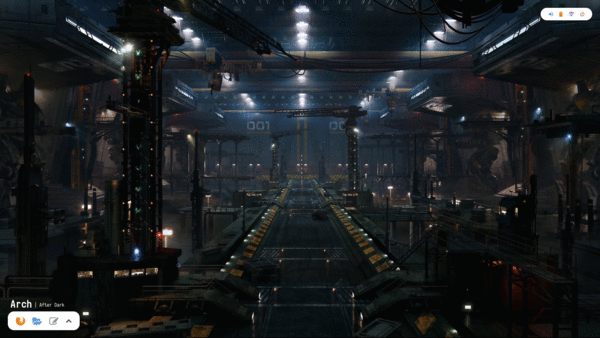
Run it in a terminal window.Īll you have to do now is change the wallpaper. Here, choose your favorite GIF/video and give it a name.Ĭlick “Next”. Once everything is correct, start “Wallpaper Creator”. Note that for using video, you must have “gstreamer1.0-libav” package in your system. Make sure that video wallpaper is enabled. Select Change Wallpapers > Preferences tab.

You’ll notice the change immediately.įor changing the preference of the desktop, right-click on any blank space on desktop. komorebiĪs soon as you start the app, it will load one of its library wallpapers.
#How to set gif as wallpaper using dynamic wallper install
If you had to install Komorebi from source, navigate to the Komorebi folder and run the following command –. To play the Live Photo, touch and hold the Lock Screen. Tap Set, then choose Set Lock Screen or Set Both. Tap your Live Photos album, then choose a Live Photo (you may need to wait for it to download). Do one of the following: Tap Live, then choose a Live Photo. Start Komorebi from your system’s launcher. Go to Settings > Wallpaper > Choose a New Wallpaper. Now, run the following commands – git clone Ĭmake. Make sure that your system meets the following requirements – If your system is other than Debian/Ubuntu, you have to install the tool from source. Get the Komorebi DEB package.Īfter downloading, run the following commands – cd ~/Downloads Komorebi officially provides a DEB package. If you’re on Debian/Ubuntu, Komorebi is easy to install. It’s a free tool and extremely powerful that can set both GIF and video files as a live wallpaper. This is not a problem for any healthy system but if your computer is low on specs or a relic of the old times, it’s better not to perform this action. Before starting the tutorial, it’s necessary that you understand how much a live wallpaper will impact on your system.įirst of all, using live wallpaper puts more pressure on the system as the system is continuously rendering an animation/video.


 0 kommentar(er)
0 kommentar(er)
